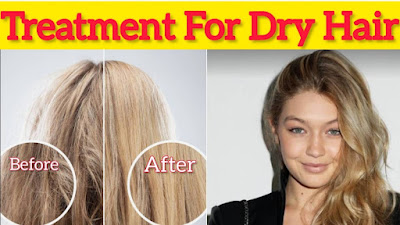Best Hair Care Routine during Winter Season
n Best Hair Care Routine during Winter Season
Winter hurts your hair. Cold air outside + hot air inside = dry, dull, frizzy hair.
Want soft, shiny hair in winter? Just give a little extra love.
Here is a super easy winter hair care routine you can do at home with Augeas Professional products.
1. Wash Gently
Winter makes scalp dry and flaky. Use a soft, moisturizing shampoo. Wash only 2–3 times a week.
Augeas Keratin Shampoo is perfect. It cleans without taking away natural oils. Hair feels clean, soft, silky.
Tip: Use lukewarm water, not hot. Hot water makes hair more dry and frizzy.
2. Deep Condition Every Week
Cold air makes hair weak and brittle. A hair mask brings back moisture.
Use Augeas Hair Mask once a week. It makes hair soft, shiny, easy to comb.
How to use:
Shampoo → apply mask → wait 10–15 min → rinse with cold water (locks in moisture).
3. Use Hair Serum Daily
Winter = static + flyaways. A light serum controls frizz and adds shine.
Put 2–3 drops of Augeas Hair Serum on wet or dry hair. No greasy feel!
Tip: Apply only on mid-lengths and ends, not roots.
4. Cut Down Heat Tools
Blow-dry or straightener = more dryness and breakage.
If you must use heat, first apply heat protection serum.
Best tip: Let hair air-dry when possible.
5. Eat & Drink Right
Hair health starts inside.
Drink lots of water. Eat foods with vitamins, protein, omega-3 (fish, nuts, fruits).
6. Cover Hair Outside
Cold wind steals moisture.
Wear a soft scarf or cap when you go out. Keeps hair safe and tangle-free.
Final Words
Winter does not mean bad hair!
Use Augeas Keratin Shampoo, Hair Mask, Hair Serum + follow these steps.
Be regular — your hair will stay soft, shiny, healthy all winter



























